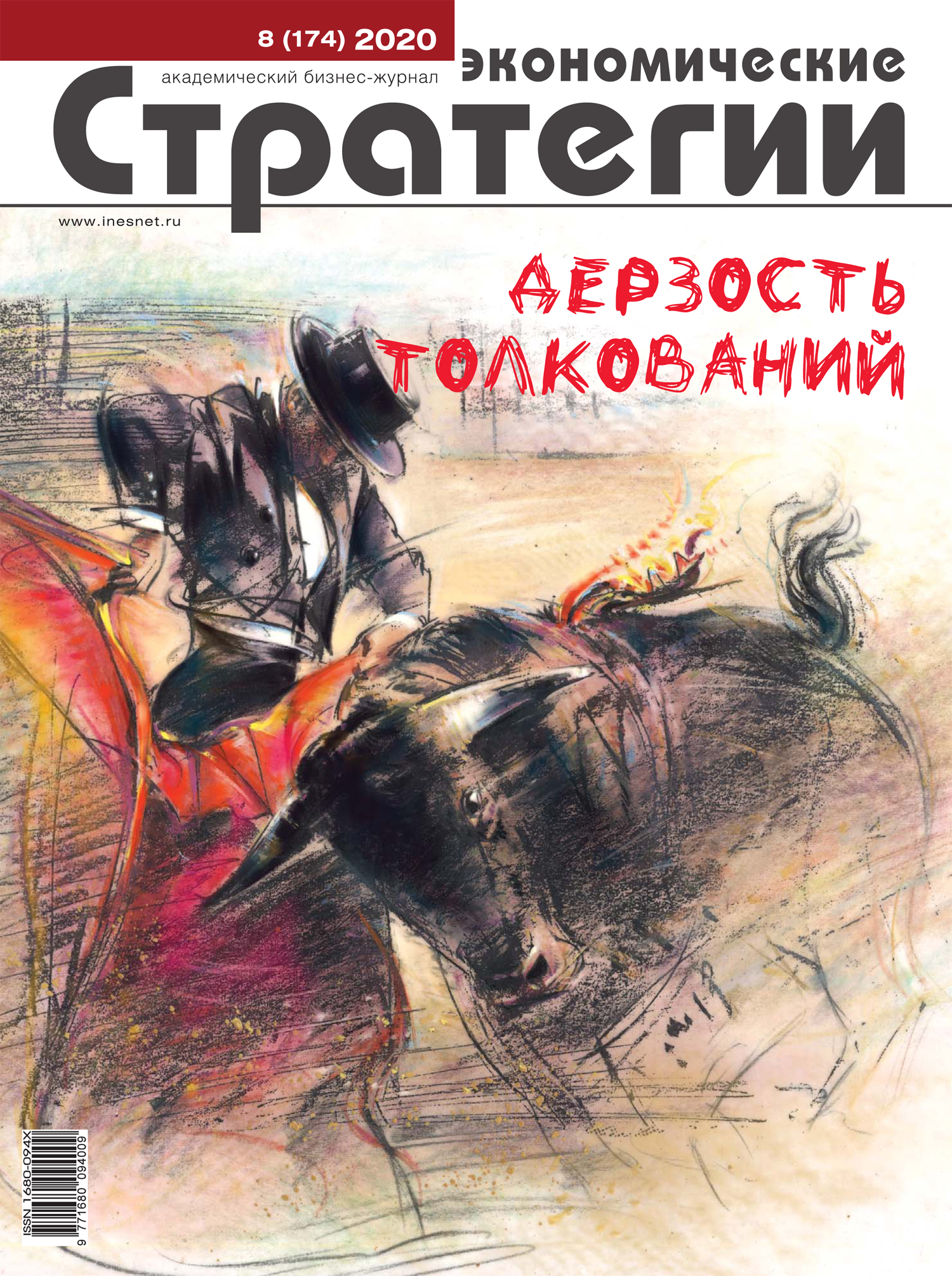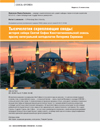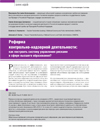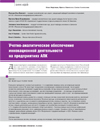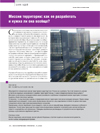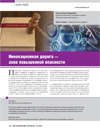The Bracing Vaults of Millenium: History of the Hagia Sophia of Constantinople Through the Prism of Pitirim Sorokin’s Integral Methodology
DOI: 10.33917/es-8.174.2020.100-105
Historic decision to return to Hagia Sophia the status of a mosque once again proved that its history cycle has reached a new stage: from Byzantine temple — to the Ottoman mosque — through the UNESCO World Heritage Site — to the great Hagia Sophia mosque. In case of studying the historical dynamics of status, cultural significance and social functions of Hagia Sophia, the integral macrosociological theory of P.A. Sorokin is the most relevant and has got sufficient heuristic potential. The history of Hagia Sophia has been influenced and is still being affected by rhythmic sequence of three super-systems: ideational, idealistic and sensual. It’s on the one hand. On the other hand, Hagia Sophia is not only an architectural object, which in its historical dynamics has passed a difficult way from a Christian temple to a mosque, but above all — one of the main means for expressing the set of values of the ideational cultural supersystem


